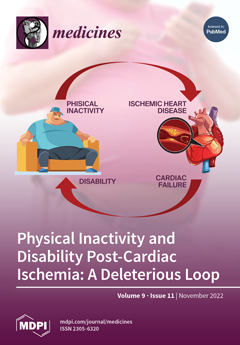Background: Increasing evidence suggests that the presence of oxidative stress and disorders of the antioxidant defense system are involved in a wide range of neuropsychiatric disorders, such as bipolar disorder, schizophrenia and major depression, but the exact mechanism remains unknown. This review focuses
[...] Read more.
Background: Increasing evidence suggests that the presence of oxidative stress and disorders of the antioxidant defense system are involved in a wide range of neuropsychiatric disorders, such as bipolar disorder, schizophrenia and major depression, but the exact mechanism remains unknown. This review focuses on a better appreciation of the contribution of oxidative stress to depression and bipolar disorder.
Methods: This review was conducted by extracting information from other research and review studies, as well as other meta-analyses, using two search engines, PubMed and Google Scholar.
Results: As far as depression is concerned, there is agreement among researchers on the association between oxidative stress and antioxidants. In bipolar disorder, however, most of them observe strong lipid peroxidation in patients, while regarding antioxidant levels, opinions are divided. Nevertheless, in recent years, it seems that on depression, there are mainly meta-analyses and reviews, rather than research studies, unlike on bipolar disorder.
Conclusions: Undoubtedly, this review shows that there is an association among oxidative stress, free radicals and antioxidants in both mental disorders, but further research should be performed on the exact role of oxidative stress in the pathophysiology of these diseases.
Full article




